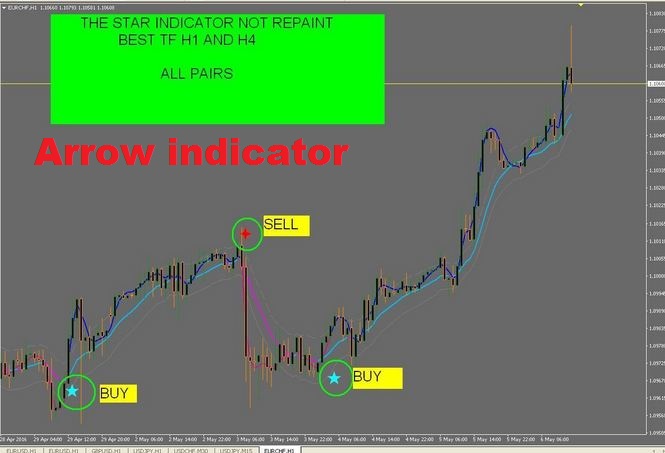A buying and selling indicator is a mathematical calculation or visual illustration of market information used by merchants and buyers to research and forecast future price actions in financial markets. These indicators help merchants make informed decisions about shopping for or promoting belongings similar to shares, currencies, commodities, or cryptocurrencies. Trading indicators are an essential part of technical analysis, a strategy that depends on historic price and volume information to foretell future value tendencies. There are various types of trading indicators, each serving a particular function. Some common forms of trading indicators include:
Moving Averages (MA):
Moving averages smooth out price data by calculating the common price over a specified time period. They assist establish trends and provide assist and resistance ranges.
Relative Strength Index (RSI):
The RSI measures the pace and alter of value actions to evaluate whether an asset is overbought or oversold. website ranges from zero to one hundred, with ranges above 70 indicating overbought conditions and levels beneath 30 indicating oversold situations.
Moving Average Convergence Divergence (MACD):
The MACD is a trend-following momentum indicator that consists of two shifting averages and a histogram. It helps establish changes in the power, course, and duration of a development.
Bollinger Bands:

Bollinger Bands consist of a middle band (a transferring average) and two outer bands that represent standard deviations from the middle band. They assist determine volatility and potential reversal points.
Stochastic Oscillator:
The stochastic oscillator compares the closing value of an asset to its price range over a specified period. It offers information about potential trend reversals.
Ichimoku Cloud:
The Ichimoku Cloud is a comprehensive indicator that gives details about assist and resistance ranges, development path, and momentum. It consists of several lines and a cloud space.
Fibonacci Retracement:
Fibonacci retracement levels are primarily based on the Fibonacci sequence and are used to establish potential support and resistance ranges. Traders use these levels to foretell price retracements.
Volume Oscillators:
Volume indicators, such because the On-Balance Volume (OBV), focus on buying and selling volume. They help assess the strength of value movements and potential pattern reversals.
Average True Range (ATR):
The ATR measures market volatility by calculating the average vary between high and low prices over a specified period. It helps merchants set stop-loss and take-profit levels.
Parabolic SAR (Stop and Reverse):
The Parabolic SAR indicator provides potential entry and exit points by plotting dots above or under the value chart. It helps identify pattern reversals.
Williams %R:
Williams %R is a momentum oscillator that measures overbought and oversold circumstances. It ranges from -100 to 0, with values under -80 indicating oversold conditions and values above -20 indicating overbought conditions.
Average Directional Index (ADX):
The ADX measures the energy of a development, no matter its direction. It helps traders assess the power of a current pattern and potential development reversals.
Traders use a mix of these indicators and others to develop trading strategies, make informed choices, and manage risk. It's essential to notice that buying and selling indicators usually are not foolproof, and traders ought to use them in conjunction with other types of evaluation and danger management methods. Additionally, the choice of indicators and their parameters can range depending on the trader's particular trading style and goals..
